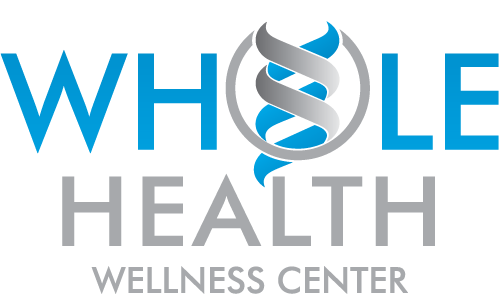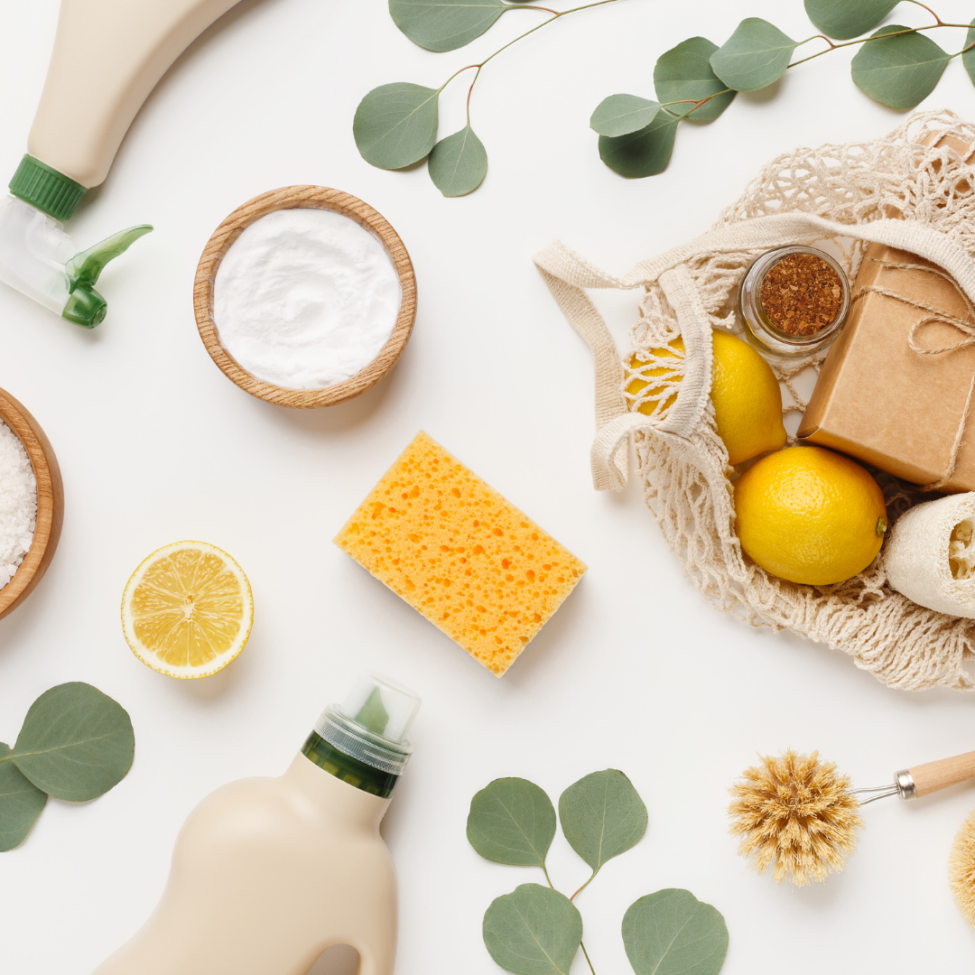By Dr. Karen Bender
Endocrine Disruptors: How environmental toxins contribute to disease
It has become increasingly clear that many chemicals found in pesticides, some plastics, lotions, soaps, shampoo, laundry detergents, home cleaning products, ect. have been found to act as toxins and have disruptive effects on the body and its hormone system.
More specifically, they interact with the endocrine system. The endocrine system is a complex system comprised of the following:
- pancreas
- thyroid
- parathyroid
- ovaries
- testes
- pituitary gland
- hypothalamus
- adrenal glands
These glands produce hormones that serve as chemical messengers in the body. They are responsible for regulating a wide variety of functions in the body including:
- blood sugar regulation
- temperature
- sexual maturation and mature functioning
- calcium levels in the blood
- milk production in women
- growth
- fluid balance
- blood pressure
Environmental exposure to certain chemicals can be very disruptive to this chemical messaging system in the following ways:
- cause hormones levels to increase or decrease
- imitate hormones leading to improper functioning and imbalances
- compete for essential nutrients
- interfere with signaling
- accumulate in endocrine glands
- instruct cells to die prematurely.[1]
If the exposure is prolonged and/or concentrated, the effect can manifest in a variety of symptoms.
Reproduction hormones are commonly affected by environmental chemical exposure as well. Chemical compounds can mimic estrogens and lead to over stimulation of estrogen receptors contributing to:
- infertility
- endometriosis
- heavy menstrual periods
- early puberty
- fibrocystic breast disease
- breast cancer
One such chemical is BPA. It used to be common in plastics, but due to more recent acknowledgement of the danger it presents, it has been taken out of many products. To be sure you are not exposing yourself to BPA, check to make sure the plastic product is marked BPA free and avoid plastics marked with a “PC,” for polycarbonate, or recycling label #7. BPA is sometimes used to line cans in canned food. Avoid canned food as much as possible or visit http://www.ewg.org/research/bpa-canned-food to see if the canned food you eat has BPA in the can lining.
Another contaminate that affects the reproductive system is dioxin. It is produced in many industrial processes and persists in the environment for a long time. The result is that much of the food supply is contaminated with dioxin. Since it is long lasting, it bioaccumulates in animals. It is found in highest concentrations in foods such as meat, fish, eggs, and dairy products. You can reduce your exposure to dioxins by limiting your intake of these foods.
How to reduce your exposure and protect your health
Believe or not, I have only scratched the surface on the environmental contaminants that affect human health. The important thing to remember is there are measures you can take to reduce your exposure. The Environmental Working Group is a non-partisan, non-profit organization that uses the latest research to guide consumers toward healthier choices to avoid environmental toxin exposure.
They have many resources worth using to evaluate the products you use. I love their free app Healthy Living because it allows you to scan the barcode of many products and gives it a safety score based on the research that has been done on the ingredients it has.
Another app that gives tips to help you reduce your exposure to toxins is the Detox Me app by Silent Spring Institute. It has features that help you track your progress and get reminders with a personalized guide. It also provides you with a scanning feature and keeps you updated on the latest news on toxic chemicals with tips on how to protect yourself.
10 things you can do to reduce your and your family’s toxic burden:
- Drink filtered water: Support your body’s detoxification pathways through adequate water intake. Use a reverse osmosis process if possible. ewg.org/report/ewgs-water-filter-buying-guide
- Eat organic food: especially avoid eating the “dirty dozen” if they are not organic: peaches, apples, sweet bell peppers, celery, nectarines, strawberries, cherries, pears, grapes, spinach, lettuce, potatoes. These foods have more pesticides than others if grown conventionally. Aim to eat 5 servings of vegetables a day to provide your body with the nutrients it needs to support healthy detoxification. https://www.ewg.org/foodnews/dirty-dozen.php
- Do not use artificial fragrances in your home or in personal care products. ewg.org/skindeep/ is a good resource to evaluate the safety of your care products.
- Use an air filter with HEPA filter. Grow a houseplant for every 100 square feet in your house. Here’s a list of research supported plants that help remove toxins from the air. See page 4 of pdf for list of plants. https://scholarspace.manoa.hawaii.edu/bitstream/10125/2960/OF-39.pdf
- Use a vacuum with a HEPA filter and vacuum frequently to remove toxins in dust particles. Take off your shoes before you enter your house. Many contaminants are brought into the home from your shoes.
- Do not heat food in plastic. Avoid buying food stored in plastic labeled #3, 6 and 7. Don’t store food in plastic as much as possible.
- Do not cook with non-stick cookware with plastic coating. Instead use cast iron with or without ceramic coating) or stainless steel.
- Avoid eating canned food unless you know the can is BPA free. http://www.ewg.org/research/bpa-canned-food
- Minimize eating animal products as much as possible. If you eat meat, buy organic grass-fed beef. For fish safety, refer to The Monterey Bay Aquarium Seafood Watch https://www.seafoodwatch.org/-/m/sfw/pdf/guides/mba-seafoodwatch-central-guide.pdf?la=en
- Evaluate your home cleaning products for safety. http://www.ewg.org/guides/cleaners
I realize knowledge about the chemicals in the environment and their effect on human health can be discouraging and overwhelming, but there is hope. Take it one step at a time. As more awareness around these issues grows, consumers can drive the market towards less harmful products with the purchases and decisions they make.
Ready to protect your health and feel your best?
I’d love to continue the conversation about ways to decrease your exposure and formulate a plan specific to you and your health concerns. If you are interested in specialized testing to determine your need for detoxification support or just want to learn more about how to protect your health, make an appointment with me today.
[1] Environmental Working Group. Dirty Dozen List of Endocrine Disruptors. N.p.: Environmental Working Group, 2013. Print.


One Comment on “Are Toxins Making You Sick? 10 Easy Steps to Detoxify Your Life”
Live this article and found it really helpful.
I would like to know how to test FRESH foods for contaminants